Planet Uranus ♅

Planet Uranus ♅
Equatorial Diameter: 51.118 km Satellites: 27 Notable satellites: Oberon, Titania, Miranda, Ariel & Umbriel Orbit Distance: 2.870.658.186 km (19 AU) Orbit Period: 84 Earth years Surface Temperature: -220°C Discovered Date: March 13th 1781 Discovered By: William Herschel
More Posts from Weirdtalesanduniverse-blog and Others

A spiral in Andromeda

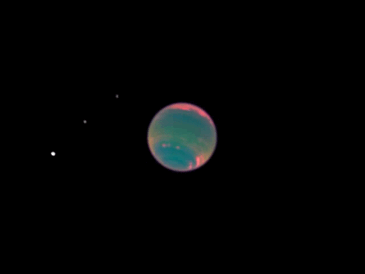
Neptune and its moons (Proteus, Larissa, Despina and Galatea)


| Stranded |

I will remember you like this, in the deep space, flying, with your mind.

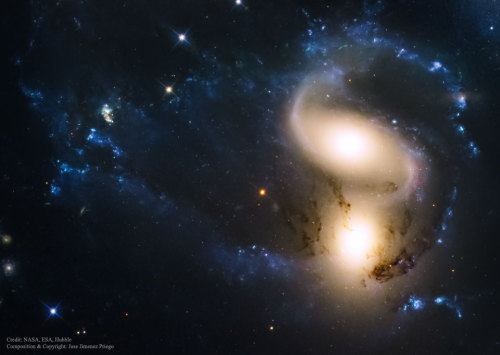
Colliding Galaxies NGC 7318, part of Stephan’s Quintet
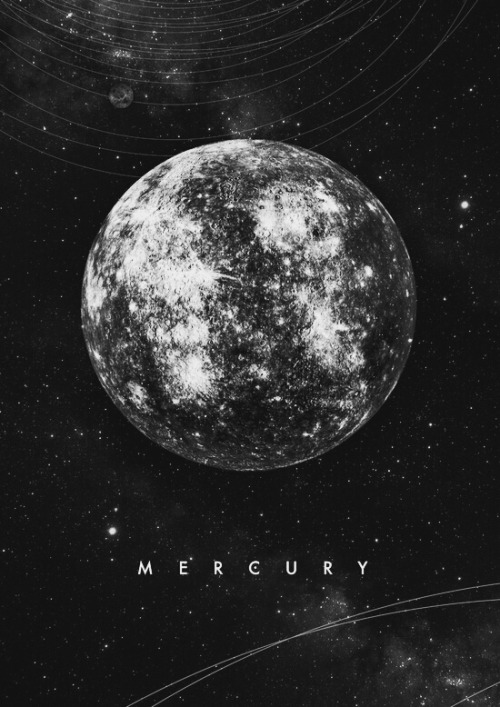
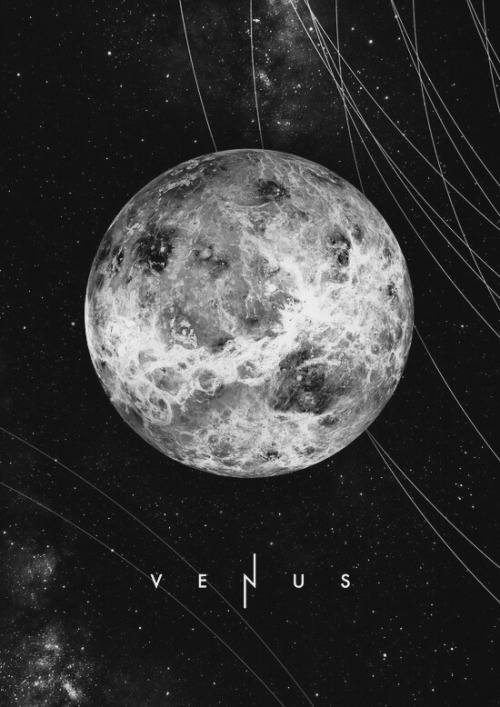
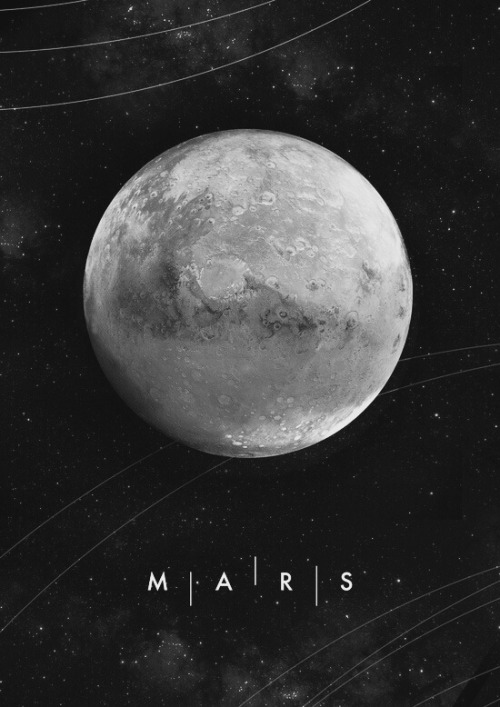
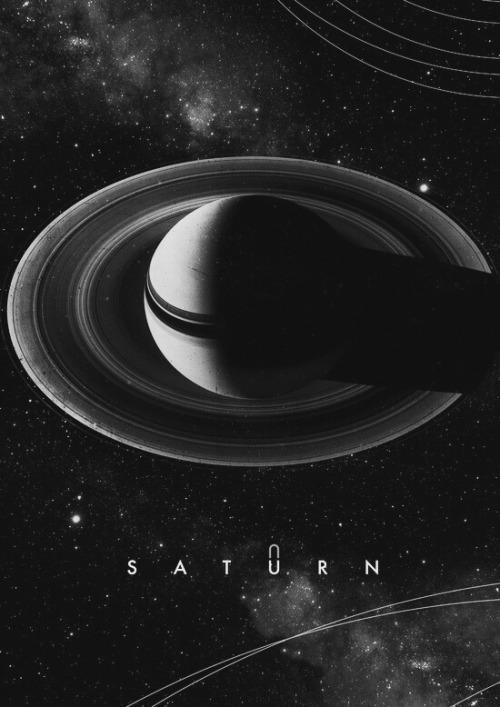

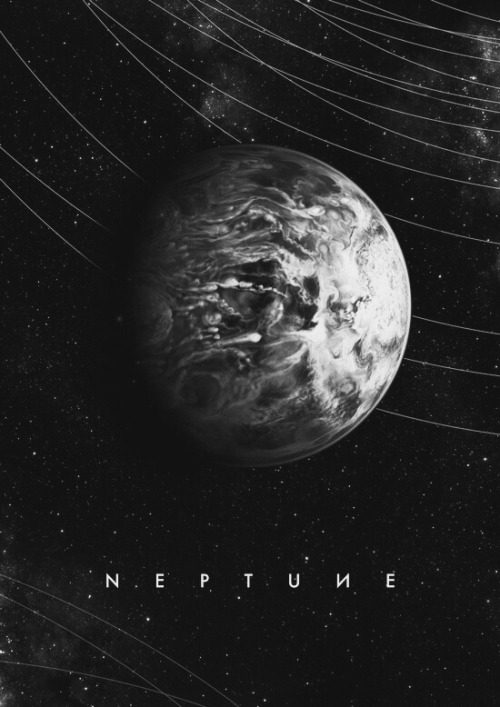

Black and white blog

The beautiful Andromeda Galaxy is often imaged by planet Earth-based astronomers. Also known as M31, the nearest large spiral galaxy is a familiar sight with dark dust lanes, bright yellowish core, and spiral arms traced by blue starlight. A mosaic of well-exposed broad and narrow-band image data, this colorful, premier portrait of our neighboring island universe offers strikingly unfamiliar features though, faint reddish clouds of glowing ionized hydrogen gas in the same wide field of view. Still, the ionized hydrogen clouds likely lie in the foreground of the scene, well within our Milky Way Galaxy. They could be associated with the pervasive, dusty interstellar cirrus clouds scattered hundreds of light-years above our own galactic plane. If they were located at the 2.5 million light-year distance of the Andromeda Galaxy they would be enormous, since the Andromeda Galaxy itself is 200,000 or so light-years across.
Image Credit &Copyright:Rogelio BernalAndreo(Deep Sky Colors)
Time And Space
-
 baddestvenus-in-virgo liked this · 10 months ago
baddestvenus-in-virgo liked this · 10 months ago -
 crossdresserica liked this · 1 year ago
crossdresserica liked this · 1 year ago -
 bardofthebored liked this · 1 year ago
bardofthebored liked this · 1 year ago -
 tcyh-usca reblogged this · 1 year ago
tcyh-usca reblogged this · 1 year ago -
 charlesdclimer reblogged this · 1 year ago
charlesdclimer reblogged this · 1 year ago -
 charlesdclimer liked this · 1 year ago
charlesdclimer liked this · 1 year ago -
 dondeamar liked this · 1 year ago
dondeamar liked this · 1 year ago -
 cores-de-jade liked this · 1 year ago
cores-de-jade liked this · 1 year ago -
 corilol reblogged this · 1 year ago
corilol reblogged this · 1 year ago -
 corilol liked this · 1 year ago
corilol liked this · 1 year ago -
 erikaalvaradoblog liked this · 2 years ago
erikaalvaradoblog liked this · 2 years ago -
 wisent15 reblogged this · 2 years ago
wisent15 reblogged this · 2 years ago -
 kevinmcintyre1090 liked this · 2 years ago
kevinmcintyre1090 liked this · 2 years ago -
 yama-bato liked this · 2 years ago
yama-bato liked this · 2 years ago -
 oculus-de-malus liked this · 3 years ago
oculus-de-malus liked this · 3 years ago -
 lashtal939393 liked this · 3 years ago
lashtal939393 liked this · 3 years ago -
 gigi-orosco reblogged this · 3 years ago
gigi-orosco reblogged this · 3 years ago -
 gigi-orosco liked this · 3 years ago
gigi-orosco liked this · 3 years ago -
 gxyhxrror reblogged this · 3 years ago
gxyhxrror reblogged this · 3 years ago -
 gxyhxrror liked this · 3 years ago
gxyhxrror liked this · 3 years ago -
 redwood63 liked this · 3 years ago
redwood63 liked this · 3 years ago -
 alexmcclure liked this · 4 years ago
alexmcclure liked this · 4 years ago -
 nellydagreat liked this · 4 years ago
nellydagreat liked this · 4 years ago -
 judisthings liked this · 4 years ago
judisthings liked this · 4 years ago -
 marstherian liked this · 4 years ago
marstherian liked this · 4 years ago -
 oxfordsonnets liked this · 4 years ago
oxfordsonnets liked this · 4 years ago -
 dicksandbiscuits liked this · 4 years ago
dicksandbiscuits liked this · 4 years ago -
 zaranihil liked this · 4 years ago
zaranihil liked this · 4 years ago -
 federatio-angelorum reblogged this · 4 years ago
federatio-angelorum reblogged this · 4 years ago -
 1mp reblogged this · 4 years ago
1mp reblogged this · 4 years ago -
 interplanetaryfox reblogged this · 4 years ago
interplanetaryfox reblogged this · 4 years ago -
 teddylsd reblogged this · 4 years ago
teddylsd reblogged this · 4 years ago -
 teddylsd liked this · 4 years ago
teddylsd liked this · 4 years ago -
 curiousauthor reblogged this · 4 years ago
curiousauthor reblogged this · 4 years ago -
 curiousauthor liked this · 4 years ago
curiousauthor liked this · 4 years ago -
 artificialllovers reblogged this · 4 years ago
artificialllovers reblogged this · 4 years ago -
 enjoy003 reblogged this · 4 years ago
enjoy003 reblogged this · 4 years ago -
 enjoy003 liked this · 4 years ago
enjoy003 liked this · 4 years ago -
 ouranien reblogged this · 4 years ago
ouranien reblogged this · 4 years ago -
 darlingheavenisinyoureyes reblogged this · 4 years ago
darlingheavenisinyoureyes reblogged this · 4 years ago -
 darlingheavenisinyoureyes liked this · 4 years ago
darlingheavenisinyoureyes liked this · 4 years ago -
 joyvcut liked this · 4 years ago
joyvcut liked this · 4 years ago
66 posts